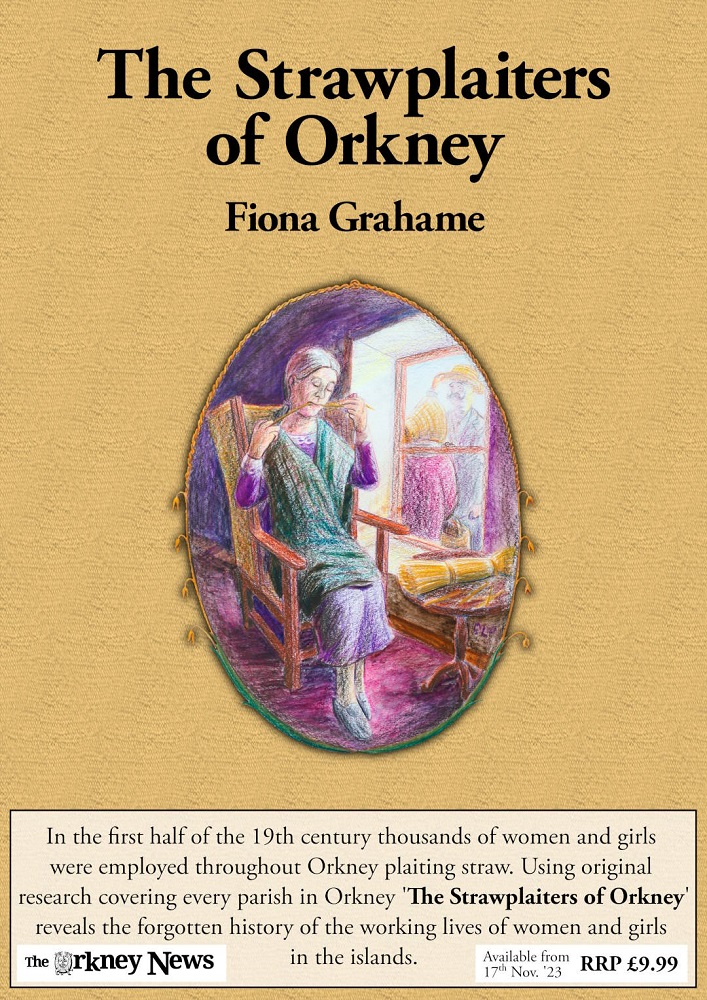by Tegan Getano
While pockets of machair line the soft coasts of several of Orkney’s islands, Sanday contains the richest example of this rare and precious habitat.

Cushioned by protective dune networks, machair grasslands support the rare and common flowering plants that make this habitat a refuge for endangered species of pollinating bee in an increasingly inhospitable world.
One such species is the charismatic Great Yellow Bumblebee (Bombus distinguendus). Once found throughout Great Britain, over 80% of the species’ range has disappeared over the last century, and it is now only found in Scotland’s machair habitats.

Other bees highlighted in the UK Biodiversity Action Plan (UK BAP) for conservation that can also be found on Sanday are the moss carder bee (B muscorum) and the northern colletes bee (Colletes floralis).
The development of effective conservation efforts for machair and its rare pollinators relies on a full understanding of the functioning of this habitat, including its response to change.
As part of a PhD project, University of Aberdeen student Tegan Gaetano is researching patterns of environmental change and its principal drivers among Scotland’s different machair habitats, including Sanday.
This research aims to identify patterns of change – both positive and negative – among machair habitats as well as traits that correspond with resilience over time.
Along with two University of Aberdeen Honours students, Marianne Richards and Kayleigh Watt, Tegan conducted a field assessment of the machair habitats of Sanday and their bee inhabitants in August 2023.

Ultimately, this research intends to help conservationists and community members take actionable steps to preserve Scotland’s machair and its bees for years to come.
This research is being conducted in collaboration with researchers at Queen’s University Belfast, The James Hutton Institute and The Bumblebee Conservation Trust.
Categories: Local News, Science














